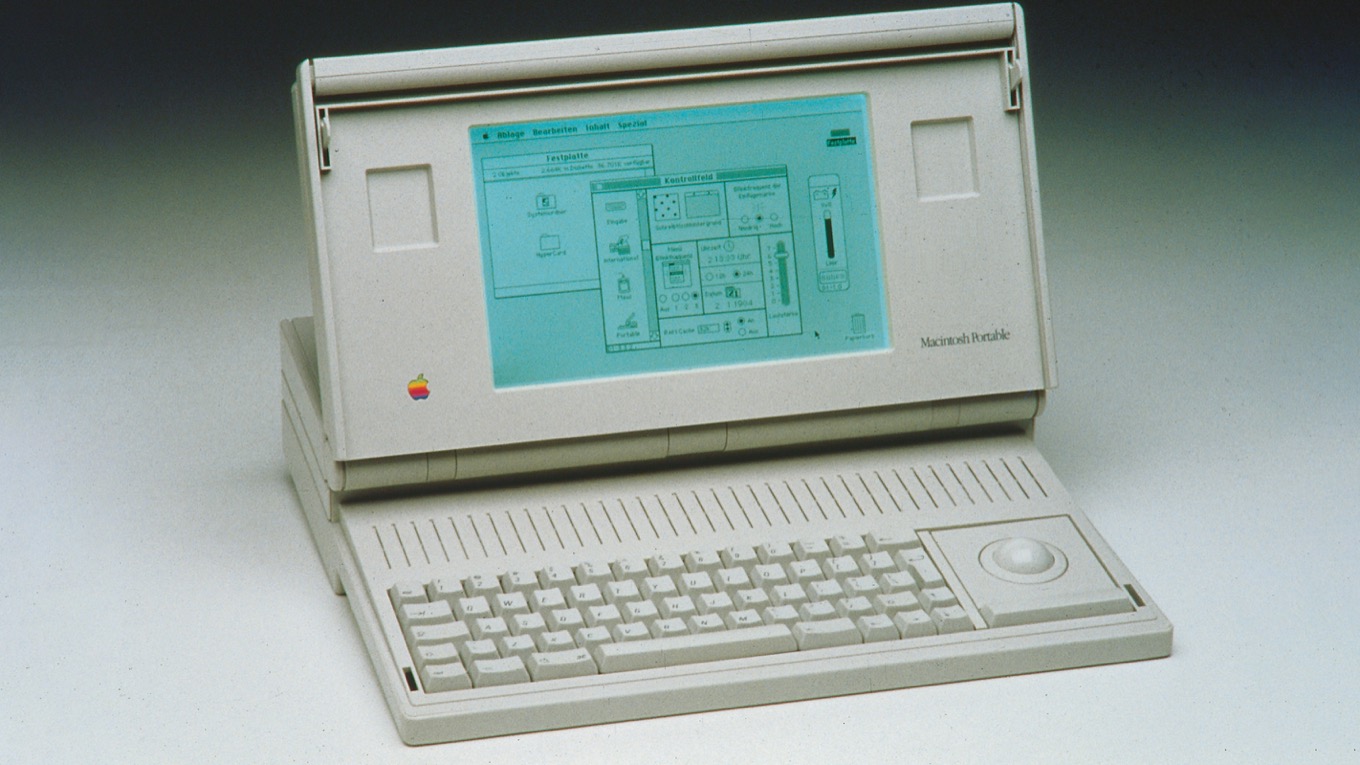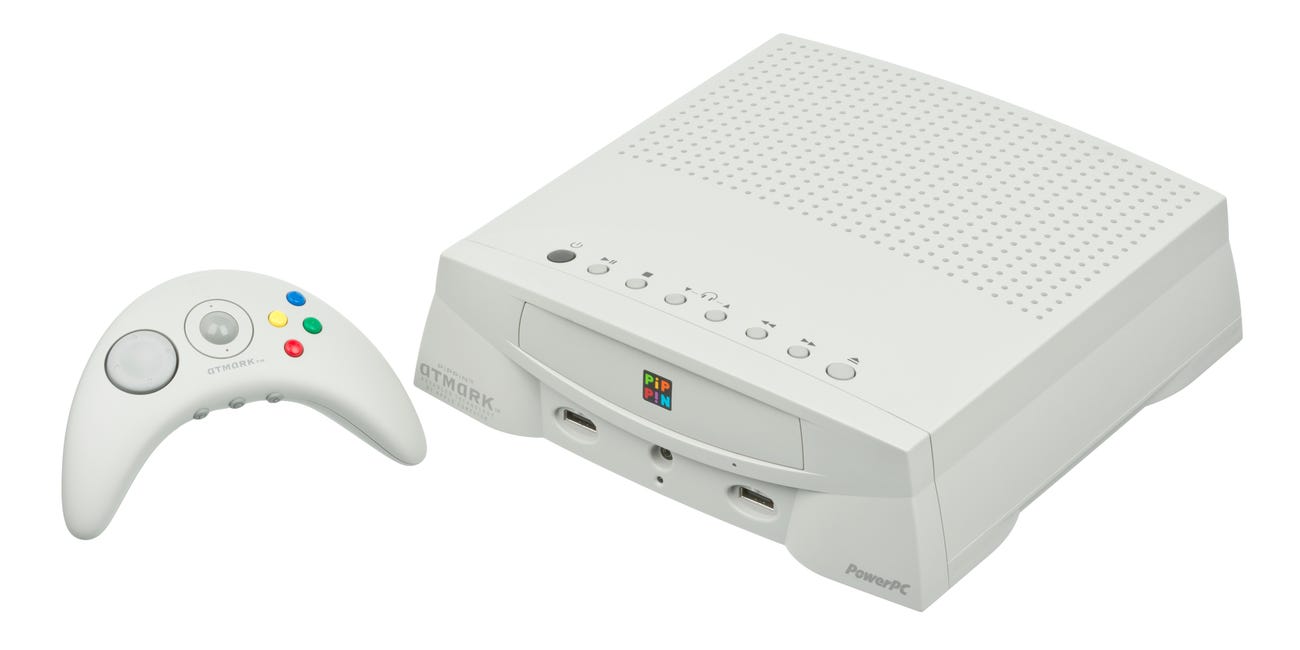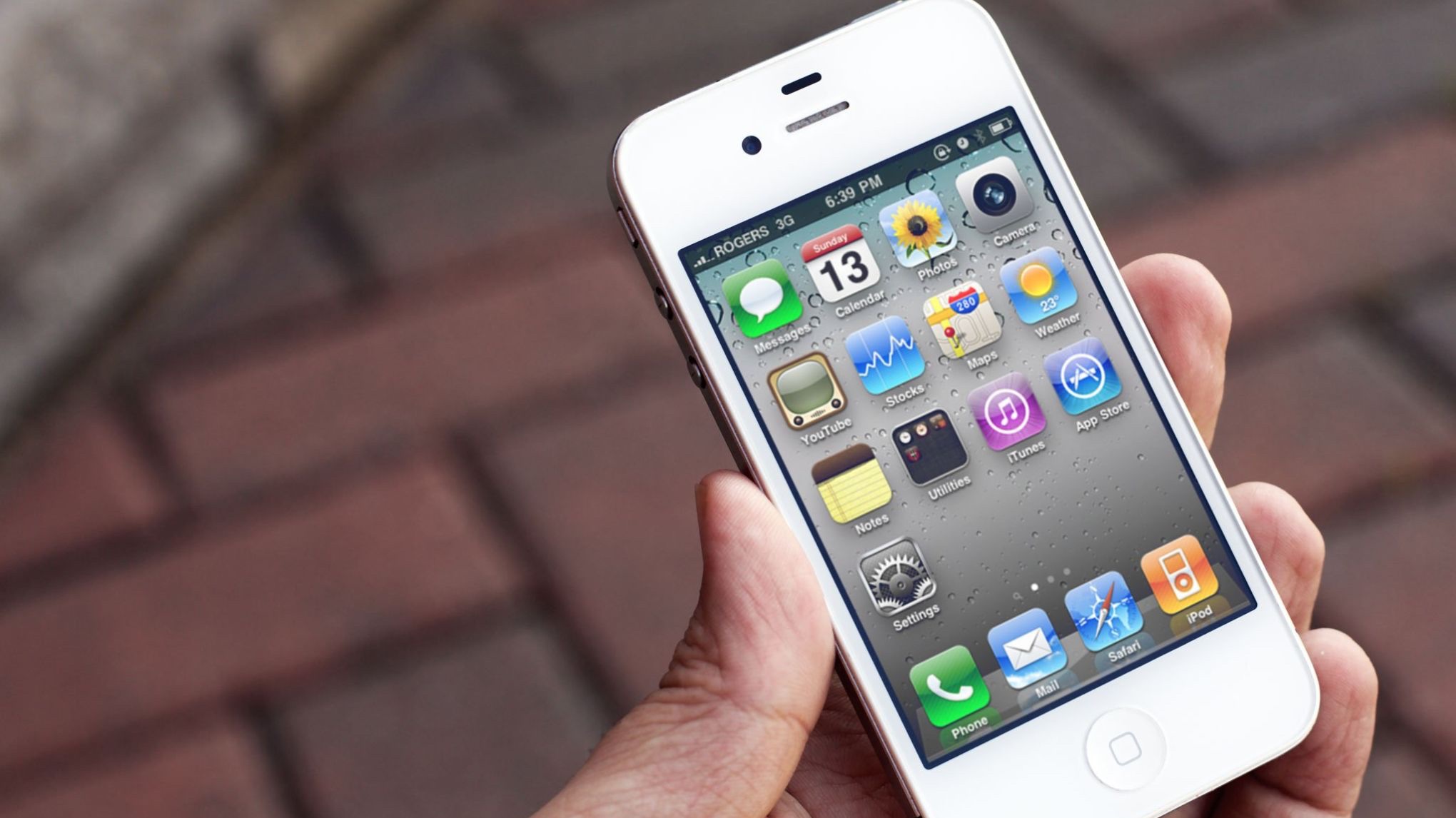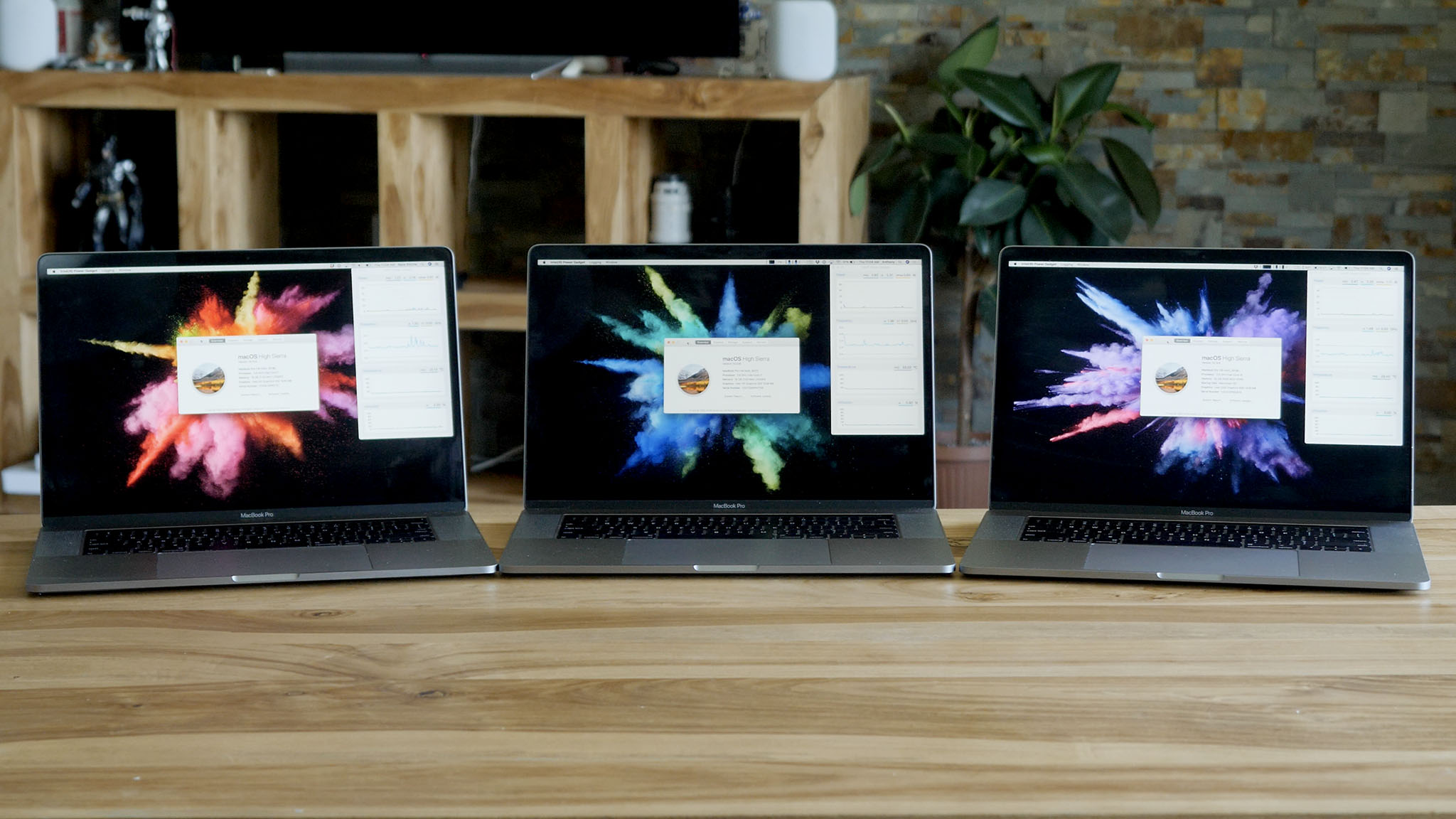Today, Apple is seen as one of the most successful and powerful brands in the world of technology. When you go out in public, you’ll see way more people using an iPhone versus the latest flagship Android device. Similarly, you’re also more likely to see people using iPads over other tablets, or working on a MacBook in a Starbucks.
But believe it or not, Apple’s success did not come without some failures and mishaps along the way. It’s like any good business — for every up, there’s always a down. We’re going to take a look at some of Apple’s biggest mistakes, and how the company fixed them.
The departure of Steve Jobs

Apple was founded by Steve Jobs and Steve Wozniak in 1976 to sell Woz’s Apple I personal computer. In 1977, Apple Computer, Inc. was formalized as a company and the Apple II became a hit. By 1980, Apple became a public company and was an instant financial success. However, by 1985, problems began to arise due to high production costs and power struggles among top executives. This eventually caused Wozniak to take a step back from Apple, and Jobs eventually resigned after basically being forced out of his own company. After his sudden leave, he started another computer company called NeXT.
Though Apple held its own for a little after the departure of Jobs, things were quickly spiraling into disaster. By the mid-1990s, a lot of Apple’s products were overpriced, and many did not take off as expected. These failed products cost the company almost a billion dollars a year.
If Apple didn’t buy NeXT and get Steve Jobs back into the fold, it probably wouldn’t exist today.
Apple bought NeXT in 1996 for $427 million, which brought Jobs back into the fold by 1997. If it were not for this deal, Apple likely would not exist today. Since it purchased NeXT, it incorporated much of NeXT’s technology, which eventually made its way into Apple products. In fact, NeXTSTEP basically became Mac OS X, which continues to evolve to this day.
With Jobs at the helm again, Apple introduced the first iMac and many other new, innovative products with the help of Jony Ive, who was promoted to senior vice principal of industrial design. Some of the biggest successes that came out of the return of Jobs, with the help of Ive, were the iMac, Power Mac G4 Cube, iPod, iPhone, MacBook, and more.
One of Apple’s most significant mistakes was letting Jobs go, and if it did not purchase NeXT, there would literally be no Apple today.
Apple Macintosh Portable

These days, Apple makes some of the slimmest, most functional laptops out there. But again, this wasn’t always the case. Apple’s first battery-powered computer was the Apple Macintosh Portable, and, compared to today’s standards, it was anything but “portable.”
This clunky monstrosity featured an expensive black-and-white active matrix LCD screen on a hinge, which allowed the screen to cover the keyboard and trackball when not in use. While it was the first portable computer from Apple, it was also designed to deliver high performance, which, of course, meant a high price tag ($6,500 in 1989 money, which is about $12,600 today) and a hefty weight. This thing weighed about 16 pounds! And due to the battery design, it sometimes couldn’t even turn on when plugged in. That’s always a fun problem, right?
The Macintosh Portable was meant for high performance, but it cost $6,500 in 1989. It also weighed almost 16 pounds!
Thankfully, Apple has come a long way when it comes to portable computers. Its first real success when it came to a laptop was the PowerBook 100 series, which eventually led to the current-day MacBook that we know and love. The PowerBook 100 notebooks weighed around 5.1 pounds, which is a huge difference from the Macintosh Portable that came before it. Plus, the price range was much more affordable, starting at $2,300 and going up to $4,599, depending on specs.
The PowerBook got a $1 million marketing budget from then-CEO John Sculley, but it paid off. Apple’s PowerBook took 40% of overall laptop sales in the first year, generating over a billion dollars in revenue for Apple at the time. It became the notebook of choice for those who needed a computer while traveling.
We no longer have PowerBooks these days, but we have the best MacBooks instead, which have the PowerBook to thank.
Apple Newton

The Newton was Apple’s first foray into the world of personal digital assistants (PDAs) with touch screens. It was also the first Apple device to have handwriting recognition — a headliner feature. However, the standout feature ended up having big problems and was definitely not ready for prime time.
Apple began developing the Newton platform in 1987 and shipped the first Newton device in 1993. Despite five years in development and $100 million invested in the Newton, the handwriting software was barely ready by the time the Newton devices shipped. It often misread characters, which was badly ridiculed by the media. In fact, it was so bad that the handwriting failure was parodied in the “Lisa on Ice” episode of The Simpsons, where “Beat up Martin” ended up being “Eat up Martha.” But it didn’t stop there — the Newton was also mocked by Garry Trudeau in his comic strip, Doonesbury, which compared the device to an expensive toy that serves the same purpose as a cheap notepad. In the comic, “Catching on?” was translated into “Egg Freckles,” which eventually became a symbolic phrase of the Newton’s problems.
The Simpsons mocked the Newton by giving us the famous quote, “Eat up Martha,” which was originally meant to say “Beat up Martin.”
Though Newton OS 2.0 improved handwriting recognition, it was not enough to garner strong sales for Apple, though it did make some splashes in certain industries, like healthcare. When a competing PDA, the Palm Pilot, was released, the Newton had even less of the market share. Once Jobs returned to Apple in 1997, the Newton died a year later.
While the Newton was one of Apple’s biggest failures, Apple learned from it and eventually came out with one of the most revolutionary and innovative products of all time: the iPhone. The touch screen that the iPhone provided was ready from the get-go. The processors were a huge leap from what the Newton originally had. All of the technology available by the time the iPhone debuted made it possible for the Newton to live on once again, this time under the guise of the iPhone.
The Newton was a failure, but the best iPhone launched Apple into the incredibly powerful company that it is today.
Apple Pippin

In 1996, Apple released a little gaming console called the Pippin, which was manufactured by Bandai. It was Apple’s first jump into the console market, and it intended to make the console more than just a platform for games. The Pippin ran a simplified version of the Macintosh operating system, so it was faster and more powerful than other consoles that were available at the time.
However, the reason that the Apple Pippin flopped was due to the high price — it was about $600. Other consoles at the time, like the Nintendo 64, were only around $200. The Pippin also lacked a variety of games, which could be related to that astronomically high price tag back then, which further dug it into the grave.
Even today, a lot of people don’t take Apple seriously as far as gaming is concerned. You won’t be seeing gamers recommending the best Mac over something like a custom-built PC, for example. However, Apple has made a significant impact on the gaming industry in the form of the iPhone and iPad, and even more recently with Apple Arcade.
The Pippin was meant for more than games, as it ran a simplified version of Macintosh OS that was fast. But it cost $600 at the time, which was significantly more than other consoles.
While cell phone games have been around ever since the “dumb phone” era, they were all very basic time-wasters like Snake. When Apple introduced the App Store in 2008, that was when mobile gaming pretty much changed forever. Developers could create more advanced games, and eventually, we got incredibly popular titles like Angry Birds, Temple Run, Candy Crush Saga, Cut the Rope, and so much more. The best iPhone games would range from free to paid, though a recent shift has transitioned much of mobile gaming to the much-hated free-to-play, or “freemium,” model. And while a lot of the games would be best enjoyed on an iPhone, the larger screen estate of the iPad came in handy too. Plus, as more ports of games from other consoles arrived on iOS, and Apple added support for third-party controllers, gaming on the iPad just made sense.
To combat the move over to freemium junk, Apple created Apple Arcade. This is a subscription service from Apple that grants subscribers access to a varied collection of premium games that contain no advertisements or in-app purchases.
Though Apple may not have an actual gaming console anymore, it created a strong gaming platform that lives on with the iPhone and iPad, and to an extent, the Apple TV. Especially when you throw Apple Arcade into the mix.
MobileMe

MobileMe originally launched in 2000 under a different moniker: iTools, which lasted until 2002. Until 2008, it was known as .Mac and then was MobileMe until 2011, eventually being replaced by what is now known as iCloud.
MobileMe was designed to give Apple users internet services. As iTools and .Mac, one would get an @mac.com email address, and it was tied to Mac hardware. After the iPhone 3G, it became MobileMe, and services expanded to Mac OS X, iOS, and Windows, with a matching @me.com email address.
However, the 2008 MobileMe launch became one of the most botched launches in Apple history. It launched at the same time as the iPhone 3G, iPhone 2.0 software, and the App Store. MobileMe let users store contacts, documents, calendars, photos and videos, and emails remotely, and access everything on Apple devices (and on Windows through a browser), all for $99 a year. Right on launch though, it experienced intermittent service and email outages, and massive preauthorization charges appeared for those signing up for a free trial.
Jobs was definitely not happy about the MobileMe disaster. In fact, he sent an email out to employees talking about its failure, gathered the MobileMe team in the Apple auditorium, and asked: “Can anyone tell me what MobileMe is supposed to do?” When some of the employees began to answer, Jobs simply snapped back with, “So why the f**k doesn’t it do that?” For the next hour, Jobs apparently berated the team and scolded them for ruining Apple’s reputation. At least, that’s how the legend goes. The head of the MobileMe team was fired and replaced with Eddy Cue.
Jobs simply snapped back with, “So why the f**k doesn’t it do that?”
MobileMe lived on until mid-2012 when Apple shut it down completely. iCloud, the successor to MobileMe, launched in October 2011. While iCloud is not perfect, it’s been a huge improvement over MobileMe. With iCloud, users can sync documents and files, photos and videos, contacts, emails, calendars, notes, reminders, and more across multiple devices. It also works as a great backup method for your iPhone or iPad, and the Find My network helps you locate lost or misplaced items associated with your Apple ID. Though there are occasional outages with iCloud, it has been a much smoother experience than what MobileMe previously offered. Plus, it’s cheaper than the $99 a year for MobileMe, and it’s actually reliable. There are also iCloud+ features at no extra cost.
iPhone 4 and Antennagate

The iPhone 4 was one of the biggest changes to the iPhone yet. It completely altered the design, taking away the curves and going for flat edges with stainless steel bands instead of plastic. It also bumped up the camera specs from a measly 3MP to 5MP and honestly launched an all-new category of mobile photography as we know it.
But the iPhone 4 also had a major flaw that goes back to the design: the stainless steel bands around the edges, which also doubled as the cellular antenna. Because the exterior of the phone was the antenna, the public eventually learned that if you hold the phone a certain way in the left hand, it would cause the cellular signal to either be reduced or drop completely. This was known as the “death grip.”
You’re holding it all wrong!
Apple tried to downplay this flaw, but it definitely backfired when Jobs just told everyone, “You’re holding it wrong.” In fact, Apple did everything it could to prevent admission that the hardware was flawed. It even tried to pass it off as a software issue, claiming that a formula used to calculate bars of signal strength was faulty, and it would be fixed in a software update. After many attempts to cover up the real problem, Jobs put together a last-minute press conference and admitted that it was indeed a hardware issue.
Jobs then offered iPhone 4 customers a free bumper case to alleviate the issue — as the case prevents human skin from touching the stainless steel antenna and thus interfering with signal — or a refund for those who already purchased a bumper case. Two years later, Apple settled a class action lawsuit for Antennagate, which allowed anyone who bought an iPhone 4 to pick out a free bumper case or get $15 in cash.
Ever since the iPhone 4 and Antennagate, Apple has made modifications to antenna placement and design to prevent another antenna-related scandal. Despite still using stainless steel bands on flat edges, you just don’t hear about the iPhone 13 Pro having such a signal issue.
iPad 3

The iPad 3 is a unique case of failure in more recent history. Dubbed by Apple as “the new iPad,” the iPad 3 was the first iPad that came with a Retina Display, which first launched on the iPhone 4. Other features of the iPad 3 included the A5X chip with a quad-core graphics processor, 5MP camera, 1080p HD video recording, voice dictation, LTE, and more.
But why was the iPad 3 a failure? Well, after just seven months (221 days) of launching, Apple decided to discontinue it and launch the iPad 4. This is the shortest lifespan of any OS product, and it angered a lot of people who picked up the iPad 3 as their first iPad or had just upgraded from the iPad 2. And as we found out once the iPad 4 came along, the A5X chip was not enough to power the Retina Display — overall performance suffered because it was using a previous generation chip, and it also got too hot during use. The iPad 3 is also the last iPad to use the 30-pin dock connector, as the iPad 4 moved over to Lightning instead.
The iPad 3 only lasted 221 days before the iPad 4 came out to replace it.
The iPad 3 is best forgotten but Apple fixed the problem by going at least a full year or longer between iPad upgrades. After all, when was the last time Apple released an iPad that didn’t even last a year before the next model was released? It started and ended with the iPad 3, which was honestly just a rushed product overall.
However, do keep in mind that at the moment, Apple does have a split in the current best iPad lineup when it comes to charging ports. At the moment, the only iPad that still uses Lightning is the base-level iPad. The rest of the lineup, which is the iPad mini 6, iPad Air 5, and iPad Pro (11-inch and 12.9-inch), all use USB-C. Perhaps the next entry-level iPad may transition over to USB-C, but we’ll just have to wait and see.
Apple Maps in iOS 6

When Apple launched the original iPhone, it used Google Maps in the Maps app. This was back in the days when Apple and Google were still considered close allies — ah yes, the good old days. Another fun little tidbit is that Apple’s decision to use Google Maps was a somewhat last-minute decision, as Jobs only added it weeks before unveiling the iPhone. Why did he include it, aside from the fact that Google was a key partner back then? Jobs thought that Google Maps would make an excellent demonstration for the iPhone’s multitouch technology, and sure enough, it was. In fact, Jobs used the Google Maps demonstration to do the famous prank call to Starbucks during the MacWorld keynote.
But in 2012, Apple released iOS 6, which is well-known as the version of iOS that dropped Google Maps. Instead, Apple replaced Google Maps with its own map data, simply called Apple Maps, and it was one of the most botched launches in recent Apple history. The truth is that Google had a year left in its contract with Apple to be the default Maps data, but Google was unwilling to add turn-by-turn navigation for the iPhone, which Apple wanted to have. So Apple’s solution was to get rid of Google and come up with its own in-house solution for Maps, which resulted in the iOS 6 Maps fiasco.
Oh, you got lost? Did you use Apple Maps?
The biggest problem with Maps on iOS was accuracy. For a maps app to work, it needs to be, well, accurate. Early users of Apple Maps reported issues like directions taking them the wrong way, and buildings, roads, and rivers that were missing or just in completely wrong locations. There were also entire cities and landmarks that just didn’t seem to exist at all or lacked detail. With all of these issues, the first iteration of Apple Maps was just literally unusable, and it quickly became a joke.
To make matters worse, at the time, Google did not submit a standalone Google Maps app to the App Store, so users didn’t really have an alternative maps app if they were let down too often by Apple Maps. It was so bad that customer satisfaction actually dropped from iOS 5 to iOS 6.
Thankfully, Apple has improved Apple Maps in each iOS iteration ever since, and today, it’s honestly quite usable for the most part.
The butterfly keyboard

One of the freshest failures from Apple comes in the form of the butterfly keyboard that debuted in the new MacBooks in 2015. Prior to the butterfly keyboard, Apple was using the scissor-switch in MacBooks since 2012. The reason Apple changed the scissor switches for butterfly ones was because Apple wanted a thinner keyboard for thinner MacBooks (aka the Jony Ive era). Butterfly switches were a single-piece switch that resembled the wings of a butterfly — when pressed, the sides compressed downwards into a V or U shape.
However, Apple also advertised the butterfly switch design as being more stable due to how the mechanism “evenly distributes any applied pressure from a finger press.” While this may be true, the butterfly switch also had less travel than the scissor switch, which means less squish and movement, but more space for debris to accumulate. All of the debris that gathered in the butterfly switch ended up gunking up the mechanism, leading to a myriad of problems. Keys ended up getting stuck, repeating characters, or simply not working at all.
These issues led the butterfly keyboard to be one of the most hated features in recent MacBooks. You’ll be hard-pressed to find someone with a butterfly keyboard MacBook that hasn’t had some kind of problem at some point during ownership. There was a huge recall program for the keyboards due to so many complaints.
Consider yourself extremely lucky if you have a MacBook with a butterfly keyboard and experienced zero issues with it.
After Jony Ive left Apple in 2019, Apple released new MacBook models with a “redesigned” Magic Keyboard that went back to the scissor-switch mechanism from 2012. Scissor-switch mechanisms are two-piece switches that interlock together into an “X” shape, and once pressed down, they close together like scissors. There’s less travel in a scissor-switch when compared to something like a mechanical keyboard, but it has more travel than the butterfly keyboard due to more space when compressed.
The scissor-switch Magic Keyboards have proven to be great to type on (though some, like myself, still prefer the best mechanical keyboards for a superior typing experience) and aren’t prone to failure like the butterfly version. Since Apple seems to be straying away from the “let’s flatten everything to be unbelievably thin” era, the days of the dreaded butterfly keyboard may be long in the rearview mirror.
Failures lead to success
Though Apple is an incredibly powerful brand that’s worth over a trillion dollars today, it took a long time to get to this point. Apple has gone through several big failures (this wasn’t even all of them), but it also learned from its past to ensure that the same mistakes didn’t happen again.
Apple is far from perfect, and history proves that. But it is definitely interesting to see how some of its earliest failures shaped its future and present, especially with the Newton, for example. Without that flop, we probably wouldn’t have the iPhone, and to an extent the iPad, as it is today. Mistakes and failures aren’t fun, but they’re necessary for growth and change.



